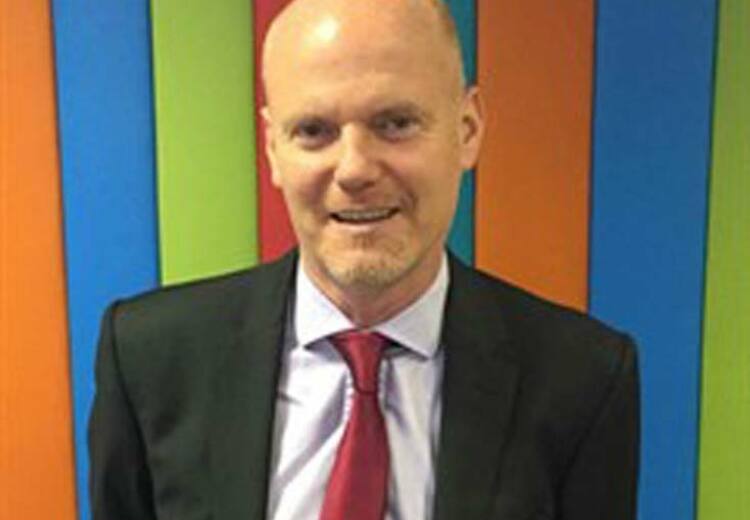Students from the Island’s five secondary schools will attend a lecture from one of the world’s leading planetary scientists, Dr Paul Schenk.
The lecture is being held at Ballakermeen High School’s Studio Theatre on Friday, June 29 as part of the eminent scientist’s three-day visit to the Island.
The main focus of Dr Schenk’s visit is a public lecture at the Manx Museum on the evening of June 29, for which tickets are now on sale. The trip is being sponsored by ManSat, which works in partnership with the Isle of Man Government, carrying out satellite filing on behalf of the Isle of Man Communications Commission. Chief Executive Chris Stott is delighted to have been able to add a schools lecture into Dr Schenk’s schedule.
‘Dr Schenk is considered to be one of the world’s foremost planetary scientists, and we’ve been talking to him for a few years in the hope that he could find a gap in his schedule to bring him to the Isle of Man,’ Chris explained. ‘We’re delighted he’s coming to the Island, and really pleased that he’s able to speak to students as well, as I believe the subject will be of great interest to young and old alike.’
A staff Scientist at the NASA Lunar and Planetary Institute, Dr Schenk is an expert on the topography and geology of the icy satellites of the outer planets. His public lecture, Exploring of the Solar System: 50 Years of Discovery, will include details of a planned mission to send a probe to Europa, one of Jupiter’s moons, where research suggests there is enough oxygen to support life.
One of the proposals to explore Europa is to send a probe which, upon landing, will penetrate where the ice shell is weakest, in craters caused by impact from meteoric impacts. One of the craters identified for potential landing and penetration on the mission is 23km in diameter and goes by the name of… Manannan.
The schools lecture will start at 9.30am and be attended by GCSE and A-level students from each of the Island’s secondary schools.
Adrienne Burnett, Headteacher at Ballakermeen High School, said: ‘This is a tremendous opportunity for Manx students to learn from one of the leading experts in his field. We’re all very grateful to Chris Stott and the team at ManSat for offering the chance for students to be inspired and challenged by such a renowned figure.’
Dr Schenk’s public talk, which is being held in association with the Isle of Man Astronomical Society, takes place in the Manx Museum Lecture Theatre on June 29, starting at 7.30pm. Tickets are ?5 and can be purchased from Corlett’s the Jewellers in Castle Street, Douglas, or on the night on the door, subject to availability.
Dr Schenk has used images from interplanetary missions such as the Voyager, Galileo and Cassini missions to map the topography and geology of the outer planet moons, and he has also worked extensively on Mars and the Earth’s Moon.
IOM Astronomical Society Chairman Howard Parkin explained: ‘The ocean on Jupiter’s moon Europa is thought to contain vast amounts of water and research suggests that there may be plenty of oxygen available in that ocean to support life, possibly even complex, animal-like organisms with greater oxygen demands than micro-organisms. It’s a fascinating subject in itself, but given that one of the craters that could be used to access the moon is called Manannan, it’s great to have Dr Schenk in the Island for these lectures.’
For more details about the Isle of Man Astronomical Society, visit: http://www.iomastronomy.org/.








